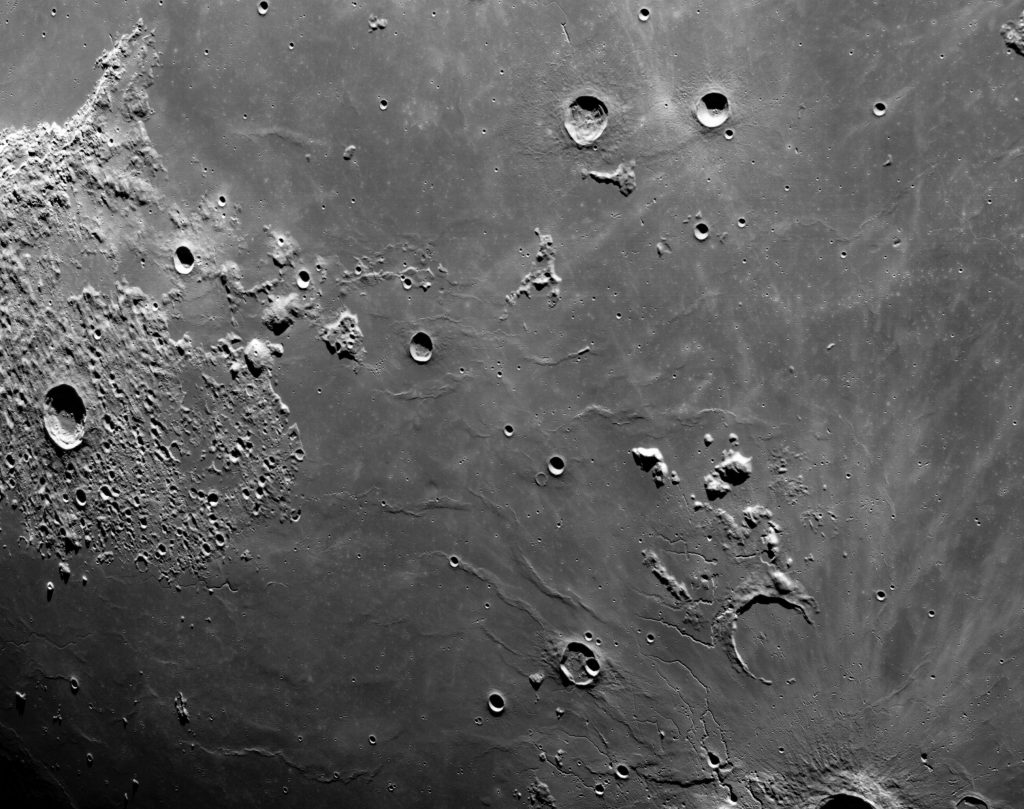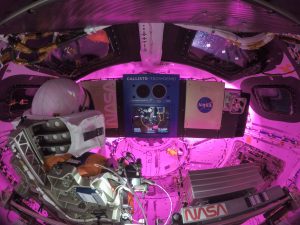
Orion continues its journey back to Earth on day 22 of the 25.5-day Artemis I mission with flight controllers and engineers continuing to test the spacecraft and its systems in preparation for future flights with humans aboard.
Engineers conducted the second part of the propellant tank slosh development flight test, called propellant slosh, which is scheduled during quiescent, or less active, parts of the mission. Propellant motion, or slosh, in space is difficult to model on Earth because liquid propellant moves differently in tanks in space than on Earth due to the lack of gravity.
The test calls for flight controllers to fire the reaction control system thrusters when propellant tanks are filled to different levels. The reaction control thrusters used are located on the sides of the service module and can be fired individually as needed to move the spacecraft in different directions or rotate it into any position. Each engine provides about 50 pounds of thrust Engineers measure the effect the propellant sloshing has on spacecraft trajectory and orientation as Orion moves through space.
The test was first performed after the outbound flyby burn, and now again after the return flyby burn, to compare data at points in the mission with different levels of propellant onboard. Approximately 12,060 pounds of propellant has been used, which is 215 pounds less than estimated prelaunch, and leaves a margin of 2,185 pounds over what is planned for use, 275 pounds more than prelaunch expectations. The first prop slosh test objective was completed on day eight of the mission as it prepared to enter the distant retrograde orbit.
A few key milestones for Orion remain, including the entry system check outs and propulsion system leak checks on mission days 24 and 25, respectively.
Orion will travel at around 25,000 mph while reentering Earth’s atmosphere, testing the world’s largest ablative heat shield by reaching temperatures up to 5,000 degrees Fahrenheit – approximately half the heat of the sun. The heat shield is located at the bottom of the Orion capsule, measuring 16.5 feet in diameter, and sheds intense heat away from the crew module as Orion returns to Earth. The outer surface of the heat shield is made of 186 billets, or blocks, of an ablative material called Avcoat, a reformulated version of the material used on the Apollo capsules. During descent, the Avcoat ablates, or burns off in a controlled fashion, transporting heat away from Orion. Learn more about Orion’s heat shield in the Artemis I reference guide.
On Thursday, Dec. 8 at 5 p.m. EST, NASA will host a briefing to preview Orion’s return scheduled for Sunday, Dec. 11 and to discuss how the recovery teams are preparing for entry and splashdown. The briefing will be live on NASA TV, the agency’s website, and the NASA app.
Watch the latest episode of Artemis All Access for a look back at recent mission accomplishments and a preview of splashdown, including parachute information.
Just after 3 p.m. CST on Dec. 7, Orion was traveling 234,100 miles from Earth and 127,700 miles from the Moon, cruising at 820 miles per hour.
Images are sent down to Earth, and uploaded to NASA’s Johnson Space Center Flickr account and Image and Video Library. When bandwidth allows, views of the mission will be available in real-time via video stream.



